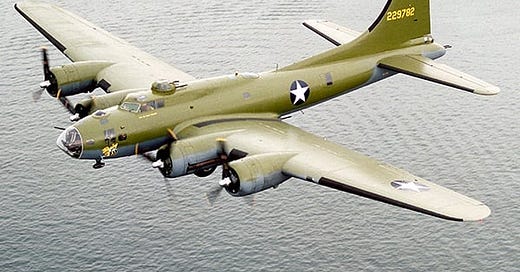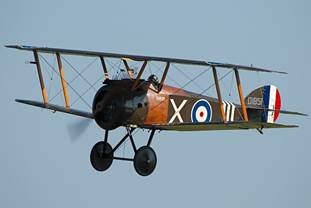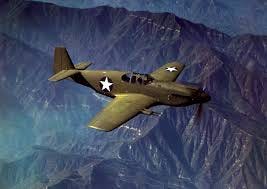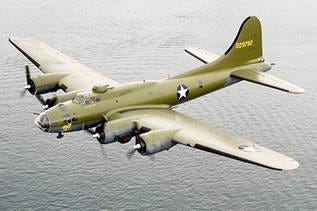6/21/2025
Newsletter #776
The Crack of Dawn
Only the director on a movie set gets to call “Cut” . . . and the sound man. If a plane flies over, which ruins the sound, the sound man will say, “Airplane. Cut.” And we cut, then wait for the plane to pass.
In my movie, Morning, Noon & Night (2018), I was shooting an exterior scene of three girls sitting at a table on a patio talking. The girls exit the back door of a house, sit down at a patio table and talk for five pages, which is a long dialogue scene. One of the actresses had never acted before in her life—not in school plays, not in community theater, nothing. The part was of an upbeat, androgenous, transsexual girl, formerly a boy. In casting we couldn’t find anyone anywhere near that description. As the day of shooting her one scene neared, a 20-year-old production assistant said, “I know that girl. She’s not transsexual, but she is gay.” I said, “Call her right now.” He called her, she showed up, we all took one look at her, nodded, and I said, “You’ve got the part.” And she unhesitatingly took it. Since her character had a fair number of lines, I admonished her, “Learn your dialogue.
Scenes in movies are comprised of hundreds of “shots.” Each shot is a “set-up,” meaning you have to set up the camera, the lights, the props, the actors, etc. Many years ago, a wise old 1st Assistant Director told me, “You can’t get a shot in less than a half an hour, and that’s if you’re moving really fast.” Truer words were never spoken. When all of the shots are assembled together, you have a “scene.” In movies, you “make” a shot. If you make enough good shots; you make a good scene. If you make enough good scenes; you make a good movie.
So, we began shooting the exterior scene of the three girls sitting at the patio table in a wide shot that included all three characters, known as a “master shot.” The action started with the girls exiting the house, sitting down at the table, then speaking. We began shooting the shot, and it was playing well. The young androgenous girl was doing just fine and remembering all of her lines. Halfway through the take, all of us heard the putt-putt-putt of an old engine coming from somewhere above us. The soundman called, “Airplane. Cut.”
Looking up into the deep blue autumn sky, we saw a World War I biplane—a Sopwith Camel—slowly puttering right above our heads. Cool, but I was on a tight schedule. I had a movie to make. OK, back to one. Action. The girls exited the house, sat down, began speaking, then we all heard the growl of another approaching airplane. The soundman called, “Airplane. Cut.”
We looked up and saw a WWII, P-51 Mustang fighter plane zooming right above our heads. That was cool, too, but I still had a movie to shoot. Back to one. Action. The girls exited, sat down, began to speak, and we heard the low growl of yet another approaching plane. The soundman called, “Airplane. Cut.”
Part of being a director is being light on your feet. Unforeseen problems constantly occur. Each issue must be handled immediately and quickly resolved. So I thought, “Editors never use very much of the master shot. Frequently, scenes begin with the master shot to let the viewer know where everybody is. Then it cuts into the close-ups. Once it goes into close-ups; it stays in close-ups. It may cut back to the master once or twice during the scene, but it quickly returns to the close-ups and remains there. Given that, we’d gotten halfway through the long scene a couple of times, and it was good. Great, we got it. At least, the first half of the scene.
Since it was blessedly quiet for the moment, I called for another take. Quiet on the set. Action.
On the next take I had the girls start halfway through the scene, which thankfully posed no problem for any of them, and they picked back up right where they’d left off. There was still two-and-a-half pages of dialogue left to shoot, which is a lot. We went again. Everything was going fine . . . then there was the sound of an approaching airplane, yet again. This was fucking crazy. The sound man called, “Airplane. Cut.” So we cut halfway through the second half of the scene. Meanwhile, the sound of this airplane was low and rumbling. A moment later, roaring right over our heads, there was a WWII, B-17 Flying Fortress, which is a really big motherfucker of an airplane.
As the sound of the loud B-17 slowly diminished, the crew got back to work. But I continued to look up. I thought, “First a Sopwith Camel, then a Mustang, then a fucking Flying Fortress? What’s next? The Concorde? Is this some kind of fucking cosmic joke?” And the movie gods laughed at me. The movie gods live on top of the Paramount Mountain. They said, “You’re the shmuck who wanted to make movies, so go ahead and make them. But you take what you’re given.”
OK, I decided, that’s enough with the master shot. I didn’t get the whole scene, but fuck it, I got enough to work with. I moved in for close-ups.
With a bit of investigation, we found out that there was an airshow going on at the nearby Berz Airport. The show was going to continue for the next several hours. The movie gods roared, falling off their prop thrones, and said, “You ain’t seen nothin’ yet.”
For the next three hours the history of aviation passed overhead. Who knew there were so many kinds of planes?
In the lulls between airplanes, I shot all of the close-ups. Even still, the shooting went fine. Our young non-actor did extremely well for her first performance.
Kaye the editor had no trouble cutting the scene together. There isn’t even a hint of an airplane anywhere. It’s as though it never happened.
But when I see that scene, I can still hear the movie gods laughing at me.






Just like life, when the universe decides to throw in a bunch of "noise", A wise person will edit accordingly and still end up with a great "scene".
Very nice story Josh! Ah, when the movie gods wanna mess with you...